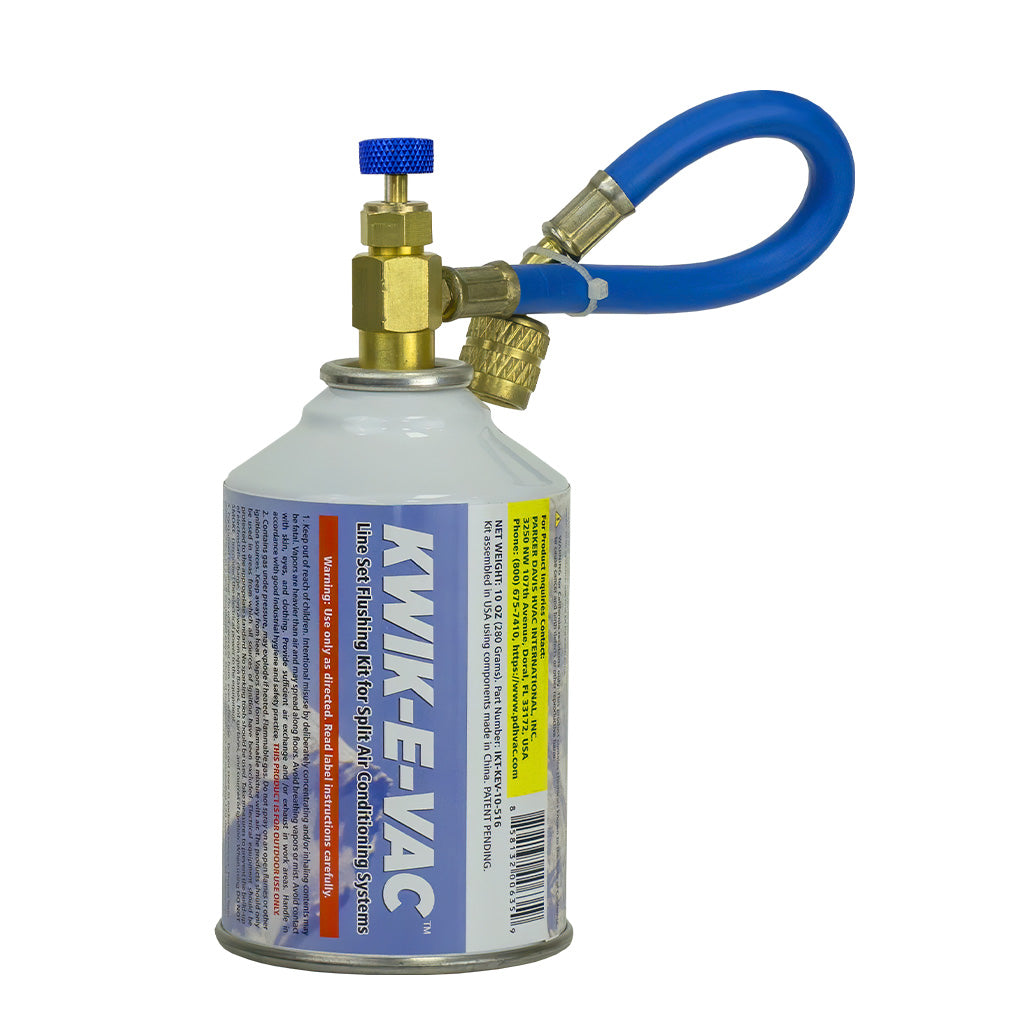Ummh... I don't expect that you'll run it 24/7.Gearing up to try and run a 9k btu, mini-split from pioneer. Tried and failed without doing my research off a 200AH amperetime and 150w solar panel. New setup comes early-September in SoCal high desert (to cool 80sq ft bedroom):
I’m hoping the small size of room, ample sun and cool nights allow this setup to run 24/7. If anyone has a good recommendation on charge controller, please send (using 10 gauge wire into the charge controller, so needs to accommodate). Will let all know if this works.
- Solar array: 750-1000w of panel depending on what can be fit.
- Storage: 618AH SOK lithium running in parallel.
- Power: 2200w pure sine wave giandel inverter
- Mppt charge controller (any recommendations for better and priced under $500?): 40a rich solar mppt charge controller
If you start with average consumption from the Mini-Splt, you can then get an idea of how much you'll need:
1) At night, running solely from batteries: Add Mini-Split to other nightime consumption
2) During the day, pulling from Solar: Add Mini-Split to other daytime consumption, and add power to recharge batteries.
My guess is that 618AH may be enough, or close to enough... but 750-1000w from Solar will not be!... You'll need to double it!
The 2200w Inverter may or may nor work depending on your overall AC consumption, but my guess is that it may fall short!
(E.g., You may need to take the factory inverter and add at least another 1000w to run the Mini-Split).
Anyway, you should be able to get a decent idea of what you need (Solar, Batteries, Inverter) based on your consumption (Nightime & Daytime).
(It should not be trial-and-error or lucky crap-shoot).
So instead of "wishing you luck", I'd urge to "do the numbers" (comsumption numbers, that is).
Last edited:




